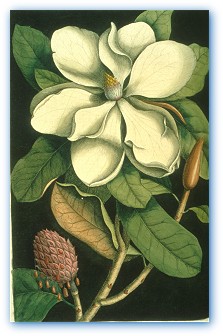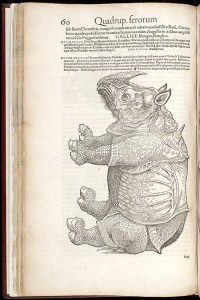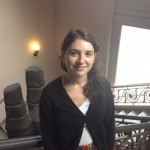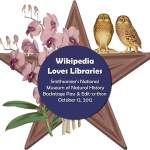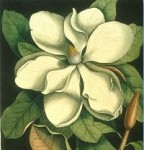 The Smithsonian Libraries, in conjunction with the National Museum of Natural History, will host a series of lectures on both Mark Catesby’s art and science for the Catesby Commemorative Trust on Tuesday, November 6. This gathering celebrates the 300th anniversary of Englishman Catesby’s arrival in North America. The visit to the Smithsonian is part of a six-day, three-city symposium that will include lectures by more than 20 presenters from various disciplines including art, wildlife, natural history, conservation and economics.
The Smithsonian Libraries, in conjunction with the National Museum of Natural History, will host a series of lectures on both Mark Catesby’s art and science for the Catesby Commemorative Trust on Tuesday, November 6. This gathering celebrates the 300th anniversary of Englishman Catesby’s arrival in North America. The visit to the Smithsonian is part of a six-day, three-city symposium that will include lectures by more than 20 presenters from various disciplines including art, wildlife, natural history, conservation and economics.
The English naturalist published The Natural History of Carolina, Florida and the Bahama Islands in three volumes from 1729 to 1747, making it the first published account of the flora and fauna of the New World. The Joseph F. Cullman 3rd Rare Book Library contains a first edition copy of The Natural History, which will be displayed after the symposium. This work, along with others by Catesby, can also be seen online at the Biodiversity Heritage Library.
This event is FREE and open to the public!

